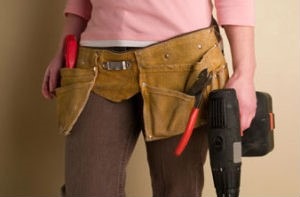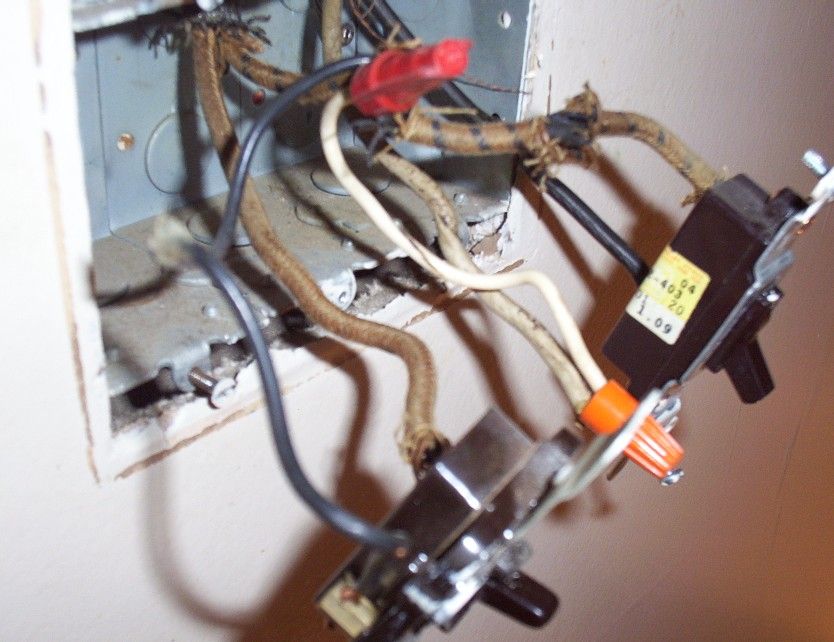Attempting to do electrical work on your own is not only dangerous, but it can also lead to expensive repairs and fines. Though, there’s nothing wrong with homeowners trying small projects, like repairing drywall or maybe even a backsplash. Nevertheless, electrical wiring should never be DIY. Period.
The stapled wire. Usually, DIYers know that you should never nail wires to a wall stud. There are straps that hold the wire tightly in place, but not overly so which can be installed with small nails. However, some people will use a staple gun to keep the wires tight. While it is true that the metal does not actually push through the protective cover, the power of the machine can tear the cover and result in a metal to metal connection.
The wrong connection. A ground-fault circuit interrupter (GFCI) is required for rooms where water and electricity are used in close proximity to one another, for instance, the kitchen and the bathroom. Some people like to install these outlets themselves, but fail to read the wiring diagrams. Wires are incorrectly connected, then malfunctions and worse occur.
Exceeding ampacity. Do you own an older home? If you have not had your house rewired to current codes, there is a good chance that the new ceiling fan you install will draw more current than the old light fixture you replaced. The wiring was run with the old fixture’s in mind. When the ceiling fan exceeds the wiring’s ampacity, the wire is likely to get hot. This can put you at risk of a house fire.
Shaved insulation. A wire’s insulation protects you from harm when you touch it. Unfortunately, sometimes a wire simply does not fit into the tight spaces that you want it to go into. Some people have begun shaving away at the insulation to make the wire more bendable and sufficiently decrease its size to fit into the crevice. This is very dangerous, and damaged insulation may expose live wires that can be deadly to the touch.
Electrical overloads. When an inadequate number of outlets make the use of modern conveniences difficult, the use of extension cords is often a makeshift solution. Occasionally, an extension cord is plugged into another one. When too many appliances are plugged into any one outlet, the wiring is likely to heat up. As previously mentioned, overheating wires are dangerous.


0 Comments